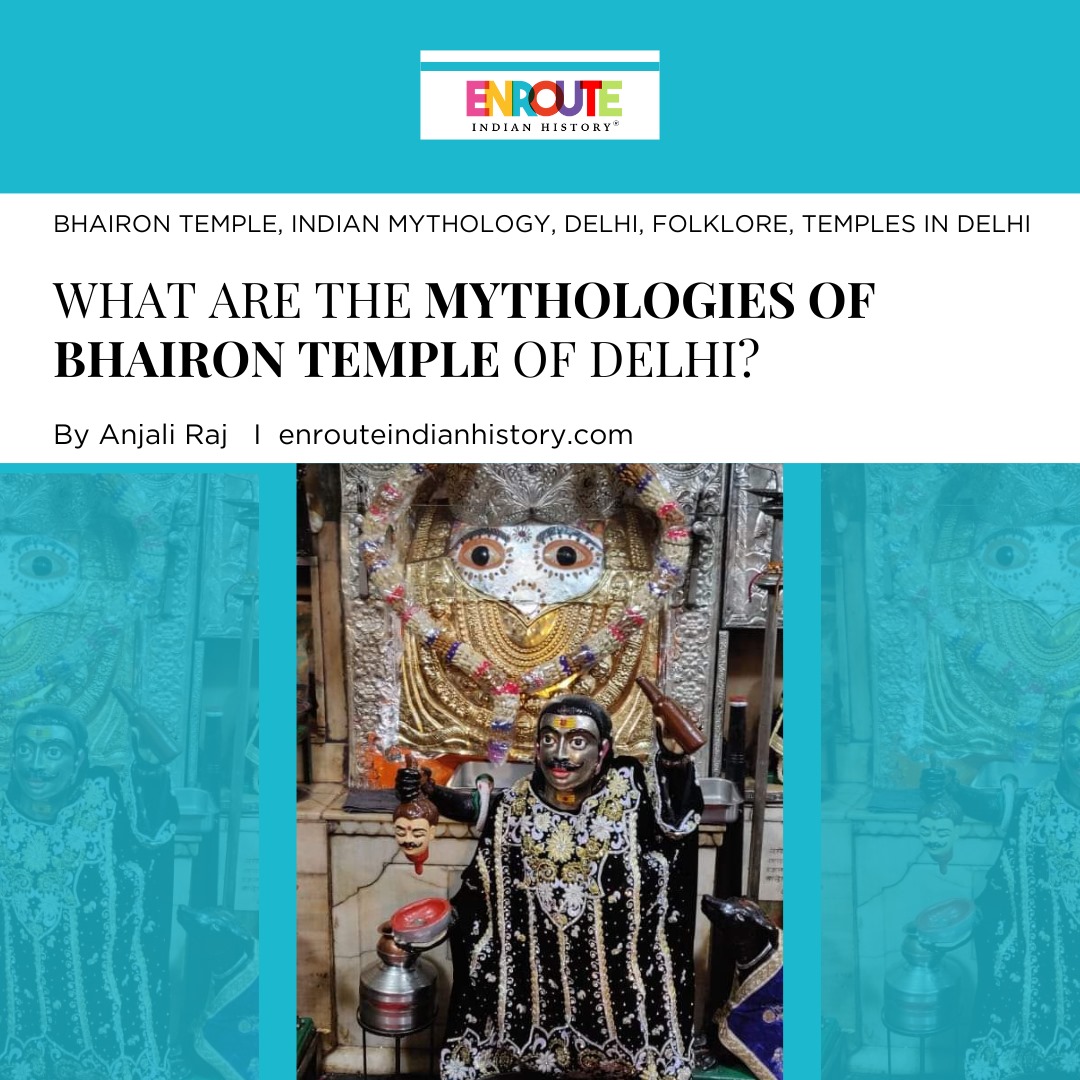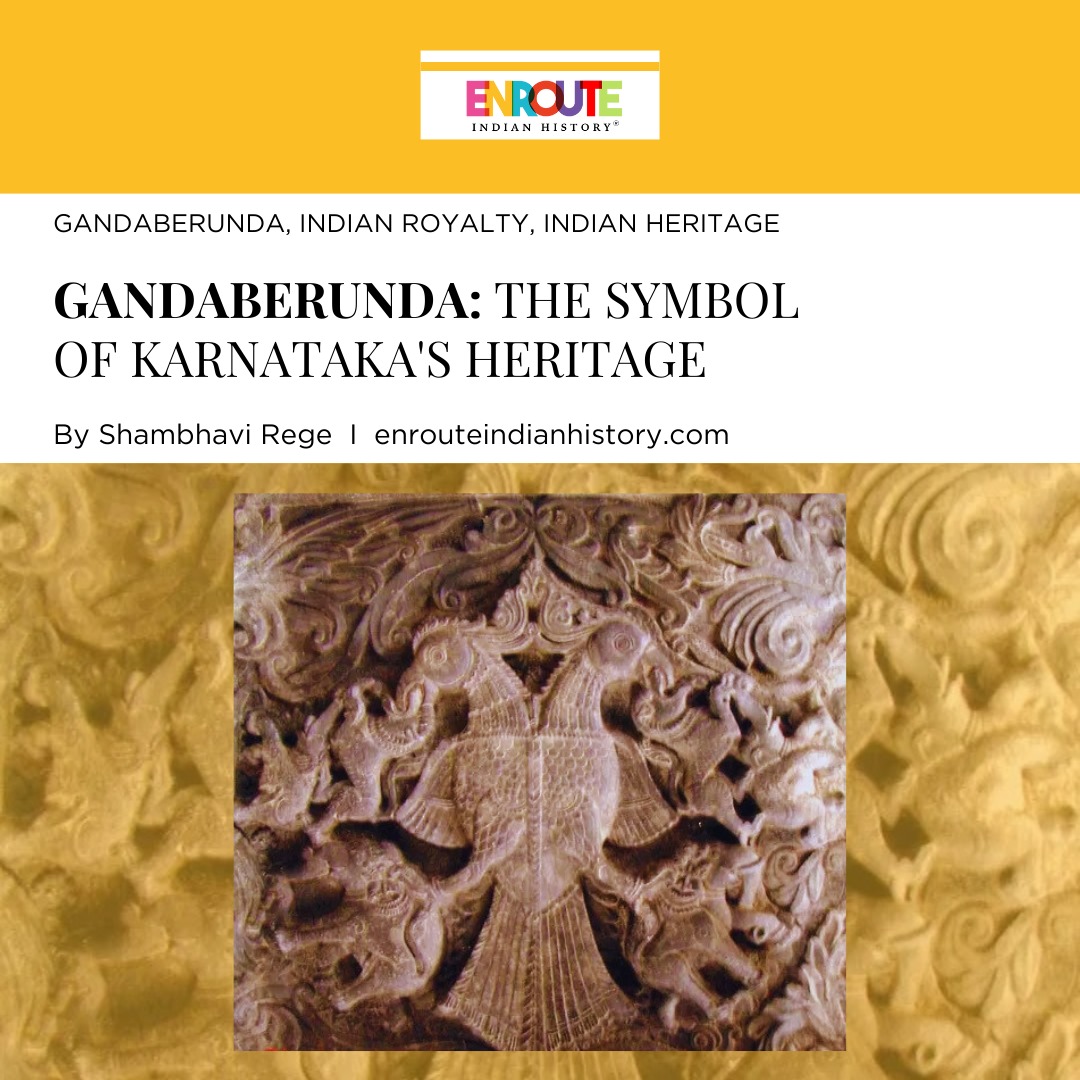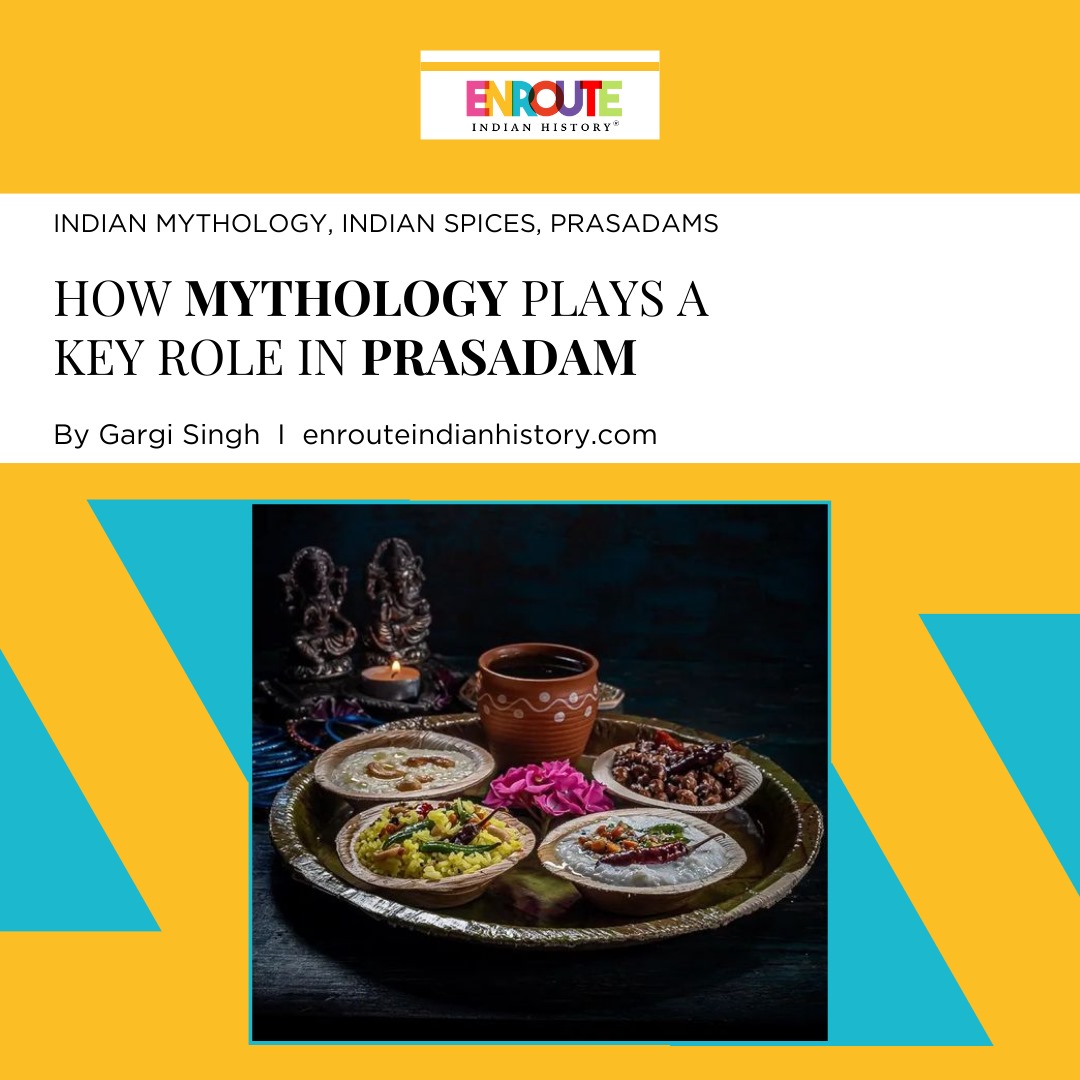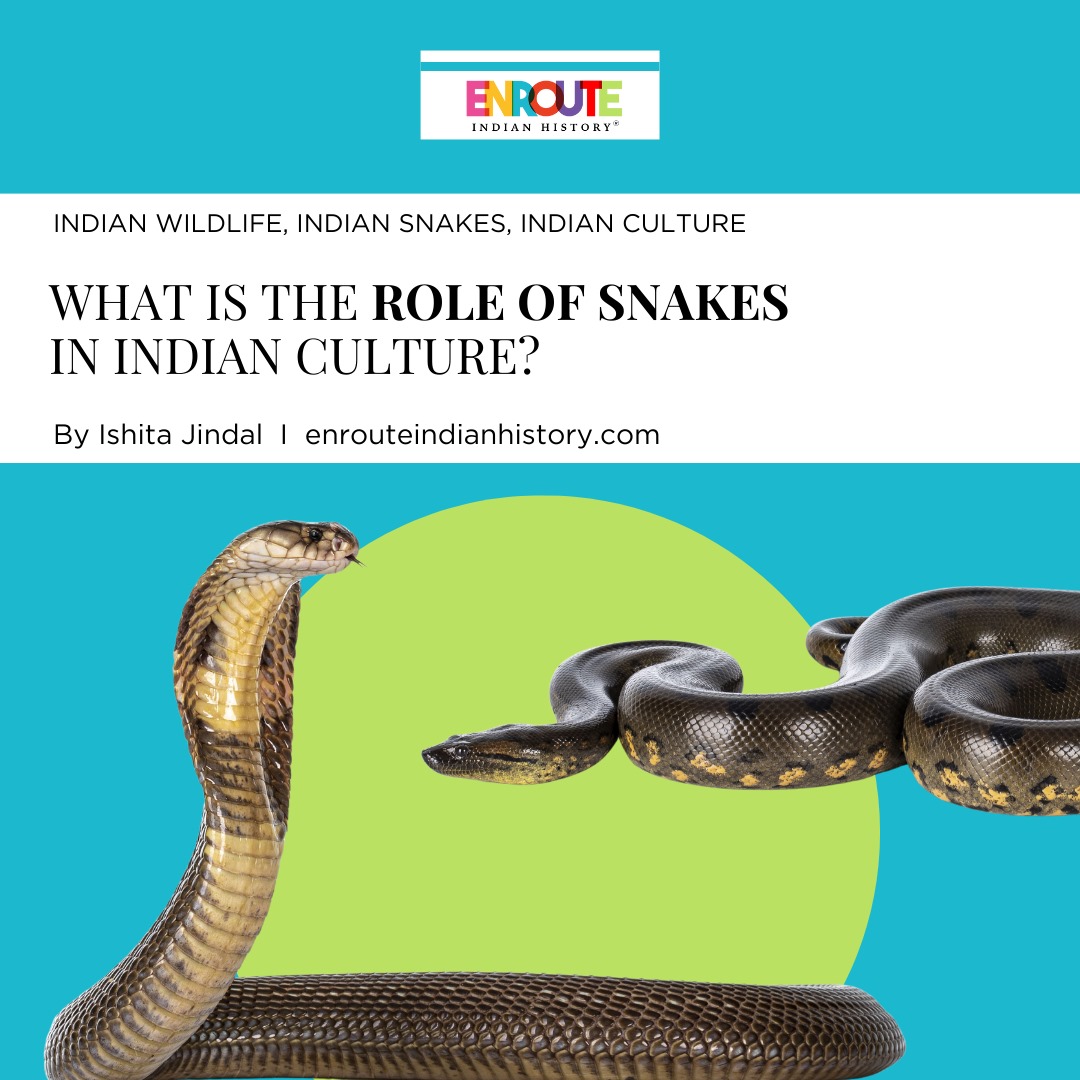How Tezpur is the City of Romance And Love in Indian Mythology?
- enrouteI
- February 16, 2024
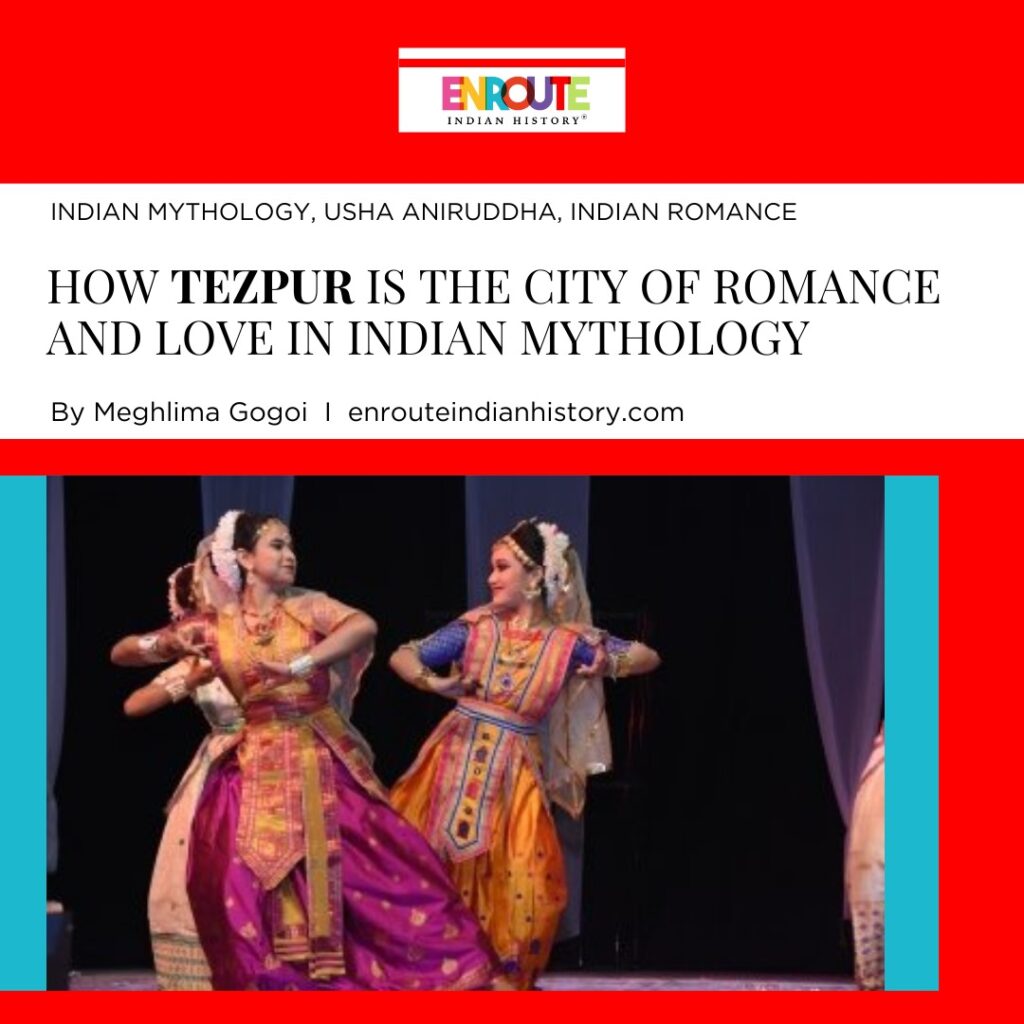
The love story of Usha-Aniruddha and the Battle of Hari-Hara is a household tale for the people of Tezpur, Assam, as the identity of the city is deeply embedded within this story. Its origin is traced to the tenth canto of the Shrimad Bhagavata Purana and the Harivamsa. The specificities of the story have acquired slight variations, additions, and omissions over numerous retellings, however, the core remains intact. As the story goes, the mighty Asura King Banasura (descendent of Krishna Devotee – Prahlada), who ruled over present-day Tezpur had a very beautiful daughter named Usha. She was housed amidst luxury atop the Agnigarh hill which translates to ‘The Fortress of Fire.’ The hill is said to have been constantly surrounded by fire to prevent any man from entering. Usha, who was a devotee of Goddess Parvati longed and prayed for a love like the Goddess and Lord Shiva. The Goddess blessed her with a boon that in a few days, she would get to see a glimpse of the man of her life in her dreams. The dream came true and Usha instantly fell in love with the dark-skinned, lotus-eyed man and was heartbroken upon waking up to realize that she knew nothing about him. Chitralekha, Usha’s friend and the daughter of Bana’s minister Kumbhanda assured Usha that she would bring the man of Usha’s dream to her using her magical powers. As her name suggests, Chitralekha was a great painter with magical abilities. She drew sketches of numerous Gods, Gandharvas, and Asuras. Finally, when Chitraleka sketched Shri Krishna, Usha realized that the man of her dreams was very similar to him. This prompted Chitralekha to draw Aniruddha – the grandson of Shri Krishna through his eldest son Pradyumna, whom Usha recognized as the man of her dreams. Chitraleka once again utilizing her magical powers, flew to Dwarka and ‘abducted’ a sleeping Aniruddha into Usha’s bed chambers in Agnigarh. A smitten Aniruddha soon fell in love with the young princess and the young lovers lost all track of time for weeks. Different versions depicting Bana’s discovery of their love are available. Upon discovering that his beloved daughter Usha had been defiled, a furious Bana captured Aniruddha and captured and tied him with mystical snake ropes (nagapasa).
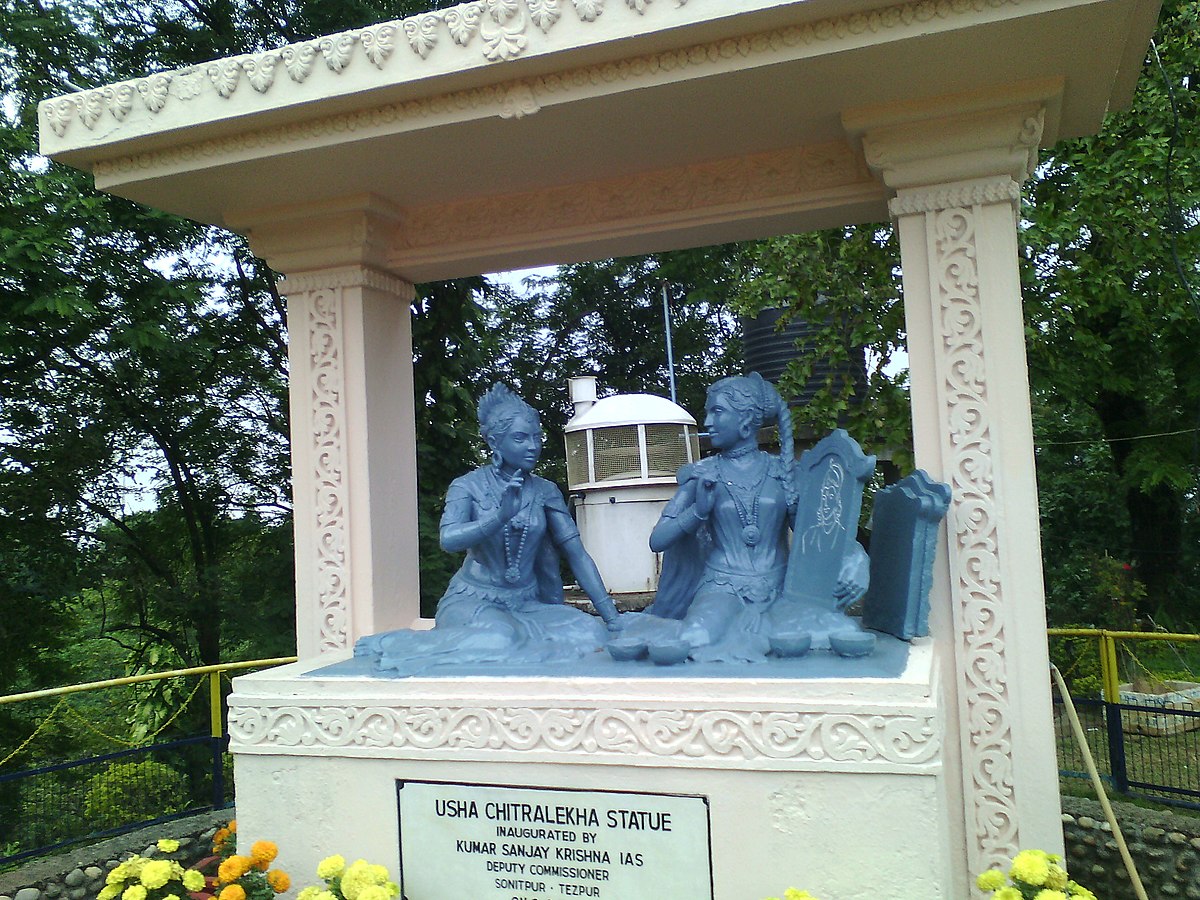
A statue in Agnigarh, depicting Chitralekha sketching Aniruddha Source: Wikimedia Commons
Meanwhile, in Dwarka, Narad Muni informed a worried Shri Krishna about Aniruddha’s whereabouts and his capture by Banasura. Shri Krishna arrived in Tezpur with a huge army to free his grandson. Banasura sought protection from Lord Shiva, who had granted him a boon to defend Bana’s kingdom against all enemies. But this caused Banasura, with his thousand arms to acquire a false sense of pride and arrogance about his invincibility. Lord Shiva had already warned him on earlier occasions that he would very soon come across a worthy opponent who would vanquish his pride. The entry of Lord Shiva into the battle between the Yadus and the Asuras resulted in the Battle of Hari-Hara between Shri Krishna and Lord Shiva, wherein Lord Brahma had to intervene. The bloodshed resulting from the battle christened the kingdom of Bana as ‘Tezpur’ or ‘Sonitpur,’ Tez and Sonit meaning ‘blood’ and Pura meaning ‘city’ in Sanskrit. The battle ended with Shri Krishna chopping off the thousand arms of Bana with his Sudarshan Chakra to placate his arrogance. Bana’s life was spared to maintain the integrity of Lord Shiva’s vow and also because Shri Krishna himself had promised his most beloved devotee Prahlad that he would not kill his descendants. A humbled Bana realized his folly and sent off Usha with Aniruddha to Dwarka. Usha and Aniruddha’s Gandharva Vivah was thus socially sanctioned. Parallels can be drawn within traditional Assamese society, where in most cases, young couples that elope are eventually incorporated within society through various customs and rituals. The Battle of Hari-Hara is replete with didactic references, however, it is beyond the scope of this article.

A depiction of the Battle of Hari-Hara in Agnigarh
Source: https://rajdeeps007.wordpress.com/2019/01/25/a-war-between-the-lords/
Usha and Aniruddha in Popular Culture:
The love story of Usha and Aniruddha and the associated Battle of Hari-Hara has remained an integral part of Assamese literary tradition and popular culture. Taking inspiration from the Shrimad Bhagavata and the Harivamsa 16th-century Vaishnavite poet Ananta Kandali beautifully weaved the tale of Usha-Aniruddha into the contemporary Assamese village life in his epic Kumar Haran. In 1925, the multi-faceted genius Rupkonwar Jyotiprasad Agarwala, at the age of fourteen wrote his first play ‘Sonit Kuwori’ – a modern dramatized take on Kandali’s Kumar Haran. It was first performed in the Baan Theatre of Tezpur, named after the Asura King Bana. The play, affixed to indigenous musical tunes was a huge success that changed the course of modern Assamese theatre with a huge thrust on native playwriting. Sonit Kuwori continues to be performed on numerous occasions and locations within and beyond Assam. In recent years, romantic songs that draw upon mythical references expressing longing for a love like Usha-Aniruddha, and television serials based on their love story are some examples of how Usha-Aniruddha continues to capture the popular imagination about love and romance in the region.
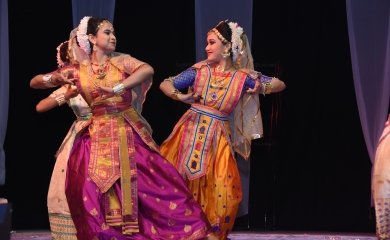
Sattriya dance drama based on the Sonit Kuwori, performed at the Heritage Baan Theatre
Source:https://narthaki.com/info/rev19/rev2323.html
A Site of Love and Romance
The Agnigarh hill, located in the heart of modern-day Tezpur – the site where Usha met Aniruddha has become a symbol of love. The hill itself now plays cupid and beckons lovers to write their own stories of eternal romance. Atop the lush and serene Agnigarh hill, lovers find sanctuary. One can take leisurely walks along the circular pathway surrounding the hill, to enjoy panoramic views of the city and the Brahmaputra from the top. Sculptures of Usha, Aniruddha, and Chitralekha placed along the pathway further add to the magical aura of the place, reminding visitors of the significance of the ancient site. Love is indeed in the air here – whispering tales of love and the wars fought over it. While Agnigarh is a natural site believed to always have been there, the built environment of modern-day Tezpur is also replete with references from the mythical love story of Usha-Aniruddha like the Chitralekha Udyan and the Baan Theatre.
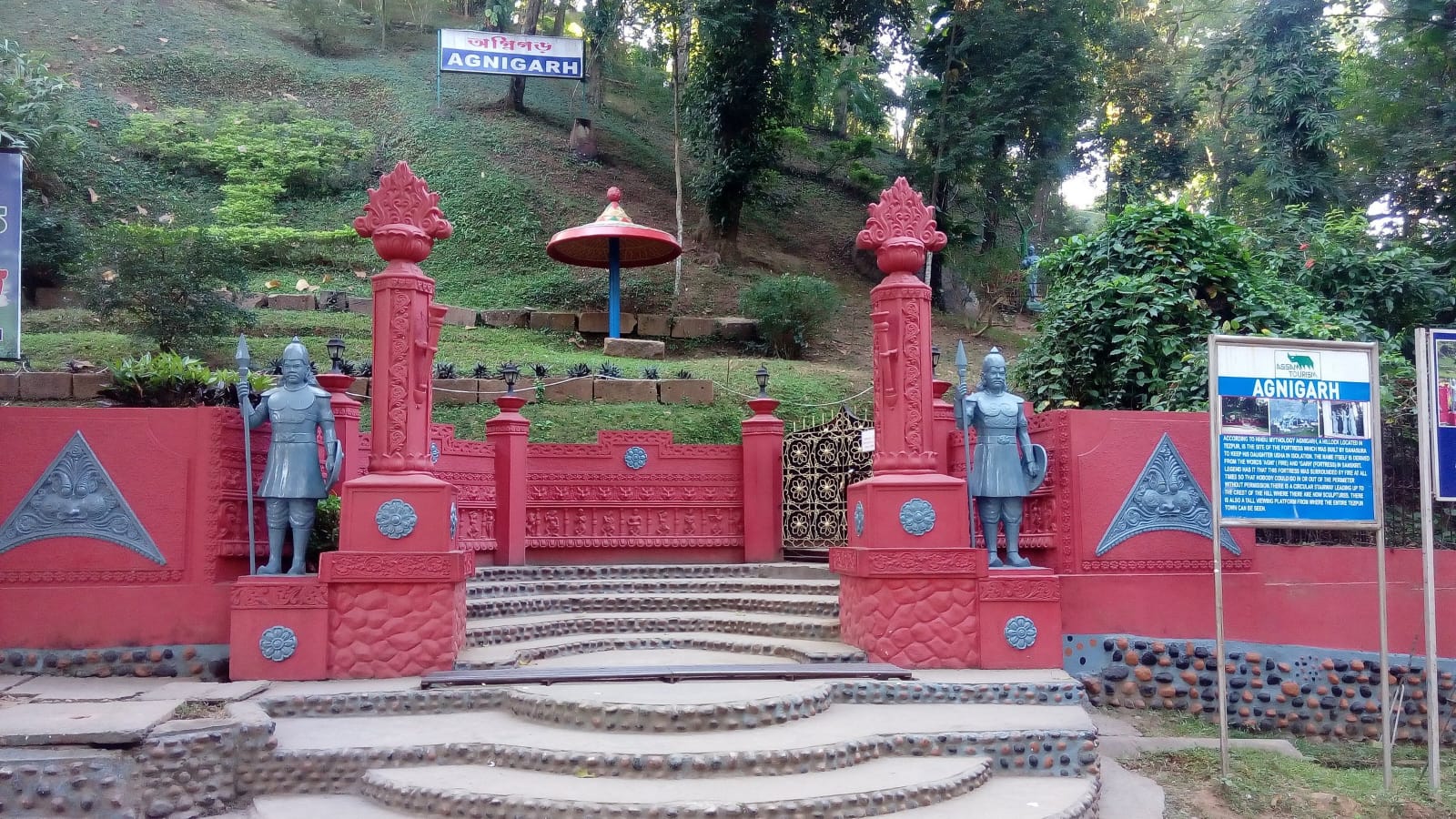
Entrance to Agnigarh Source: Tripadvisor
Significance of Mythology in Place-Making
‘The fascination that mythology traditionally holds for people at large in this country is often in direct contrast to the suspicion with which it is regarded by historians.’ Modern history, which is complicit in establishing a hegemonic narrative emerged against the backdrop of the European Enlightenment and is obsessed with objectivity, leaving no space for ambiguities. The diverse Indian people already had alternative ways of engaging with their pasts through myths, epics, legends, etc before the coming of the factual and rational modern historical discipline. Initially, the discipline of history treated myths as superstitious, un-dateable, and untrue. Later, some historians came to view myths as instruments serving ulterior motives of acculturation, appropriation, and integration. But in recent years, some scholars have been studying myths as ‘stories,’ told by a specific cultural group to articulate and make sense of their local realities and the world they inhabit. Kaul argues that ethics and didacticism lie at the heart of the Itihasa-Purana tradition. The battle of Hari-Hara for instance, was not merely about a battle between Shri Krishna and Lord Shiva or the victory of Shri Krishna over the Asura King. Its purpose is bigger than that as it serves to impart valuable lessons about righteousness whose relevance is not constrained by time and space. Myths do not present the world in binaries of good and bad, and there is always scope for negotiation. Even the defeated King Bana was warmly welcomed back in Sonitpur for having shed his arrogance. According to Ashis Nandy, open-ended forms of engaging with the past like myths, memories, and orality help better harmonize with the past, allowing people to define their cultural selves.
Even when societies no longer believe certain myths to be true, the myths live on as carriers of cultural values – an important aspect of identity and social formation for any demographic group. Myths have been central to the imagined and lived lives of people across time and space and continue to remain so. The Epic-Puranic tale of Usha-Aniruddha and its continuing role in shaping the distinctive identity of Tezpur as the ‘City of Eternal Romance’ proves that the facticity of the myth is a moot point here. The continued engagement of the people with the myth itself makes it relevant and renders the mythical figures into living entities weaving romance and love into the popular imagination of the city.
REFERENCES:
Kaul, S. ed., 2023. Myths and Places: New Perspectives in Indian Cultural Geography. Taylor & Francis.
Nandy, A., 1995. History’s forgotten doubles. History and theory, pp.44-66.
Shin, J.E., 2017. Region formed and imagined: Reconsidering temporal, spatial and social context of Kāmarūpa. In Modern Practices in North East India (pp. 23-55). Routledge India.
Saikia, D. and Adhikari, S., Ban Theatre of Tezpur and the Development of Modern Assamese Theatre.
“Srimad Bhagavatam: Canto 10 – Chapter 62”. bhagavata.org.
- April 25, 2024
- 14 Min Read
- February 19, 2024
- 6 Min Read



